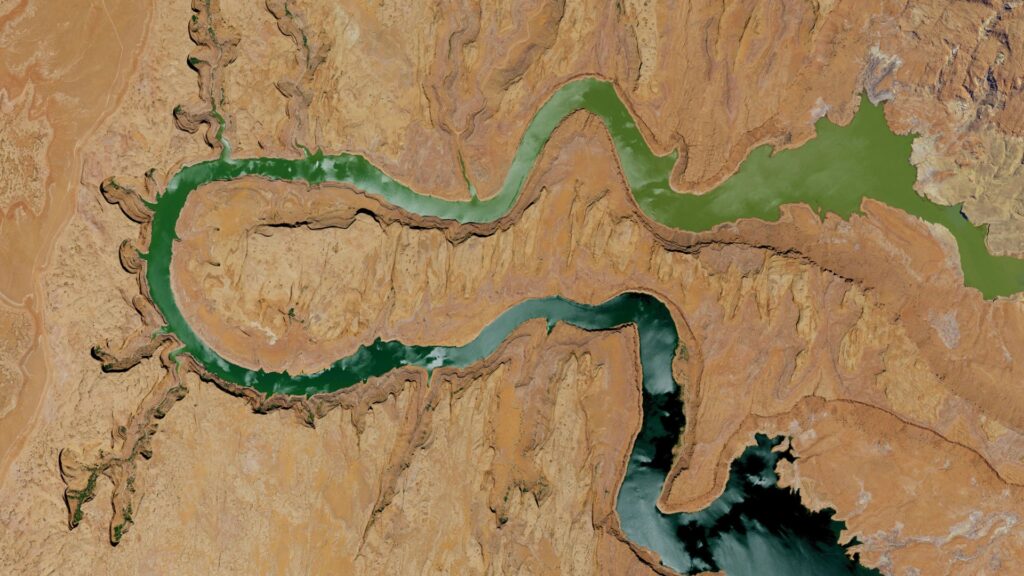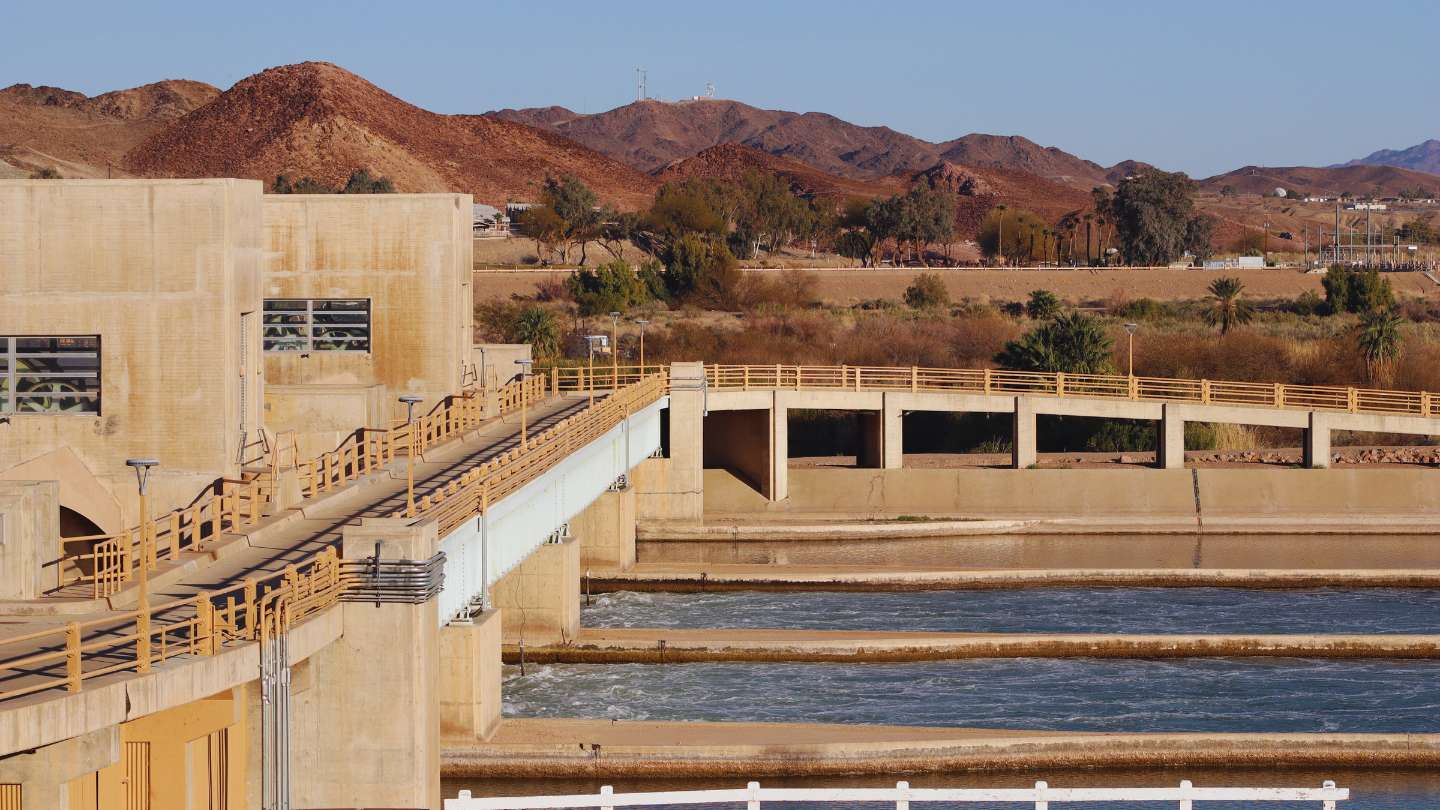
Water Weekly for January 23rd
If you can only read three stories about Western water this week, read these:
1. Colorado River District has guidance for System Conservation Program applications
Considering making an offer of conserved water as part of the System Conservation Pilot Program (SCPP)? The Colorado River Water Conservation District (or Colorado River District, CRD, for short) released draft rules it plans to use to evaluate applications from within its 15 county northwestern Colorado territory. Heather Sackett with Aspen Journalism summarizes: “an applicant must prove saving water will not injure other water users. In a given year, no more than 30% of the land owned by a single person or entity can be dried up and no more than 30% of the irrigated land in any sub-basin can be dried up.” Additionally, landowners with agricultural lessees should share water payment dollars with their operators, says the district, to avoid causing job loss and displacing the ag community on the Western slope. District general manager Andy Mueller told Sackett, “Should all the funds go to landowners and not the farm operators, we may see families leave the area or be forced to switch professions.”
2. Apocalypse now: Is Rio Verde, Arizona a vision of the future for the Southwest’s unincorporated sprawl?
The 1,000 or so residents of the unincorporated community of Rio Verde, Arizona, outside Scottsdale, had gotten used to the water showing up every month in tanker trucks to refill 5,000 gallon tanks buried in their front yards. But now, Scottsdale doesn’t have the water to spare, and the deliveries have been shut off. Buying water on the open market and and trucking it from farther away has tripled prices, making the monthly water bill more expensive than the mortgage for some homeowners. “Is it just a campground now?” asked one forlorn homeowner. All this because of a long-known loophole in a 1980 Arizona law, intended to match growth to available water supplies no less, that developers happily took advantage of for decades, writes Jack Healy for the New York Times (and republished around the country). By splitting developments into paper parcels of less than 6 units, they skirted a requirement to guarantee that enough ground water was available to supply homes into the future. Now homeowners in Rio Verde are a warning, and perhaps a sign of things to come for other communities in Arizona. The outlook for those with homes in such precarious situations is bleak, noted one expert. “It’s a cautionary tale for homebuyers,” said Sarah Porter, director of the Kyl Center for Water Policy at Arizona State University. “We can’t just protect every single person who buys a parcel and builds a home. There isn’t enough money or water.”
3. Water managers across drought-stricken West agree on one thing: ‘This is going to be painful’
Jennifer Solis of the Nevada Current/Arizona Mirror reports on the bleak outlook presented by Colorado River Basin water commissioners at the Colorado River Water Users Association annual conference in Las Vegas in December. The stark situation on the river, which scientists agree will continue despite the wet winter that has since stormed across the West, is forcing water users in the basin to confront some stark realities. Solis reports, ‘“Time is not on our side. Hydrology is not on our side. That’s the frightening reality,” said Rebecca Mitchell, director of the Colorado Water Conservation Board. The hydrology “is going to force us to do something because we will have no other choices. Every day that passes this problem gets harder and harder to solve.”’ Solis reports that water managers committed to moving aggressively to save the system over the next six months, and that “Water managers also agree that about 75% of future water cuts will need to come from lower basin states — including Arizona — to reach reductions large enough to protect critical elevations in the reservoirs.” That’s because upper basin states are currently providing what amounts to 19% of their annual water usage to Lake Powell, based on a 2019 drought response agreement. Those cuts are already having dramatic impacts, said Mitchell. Most strikingly, she implored the audience, “We have to accept that we can not cling to our entitlements or allocations. If they are not there none of it matters. Folks in the room have to be willing to let us make hard decisions, because this is going to be painful.”
ICYMI from On Land
Water Weekly: Breakthrough deal possible thanks to wet winter
The New York Times shares the news that California, Arizona and Nevada have agreed on a plan to save 3 million acre-feet of water over the next three years in response to the federal government’s demand that Colorado River states reduce use to shore up the system’s critical infrastructure.
Get the Water Weekly in your Inbox each week.






